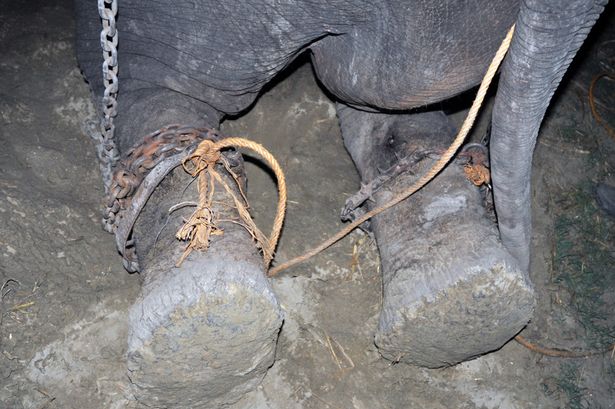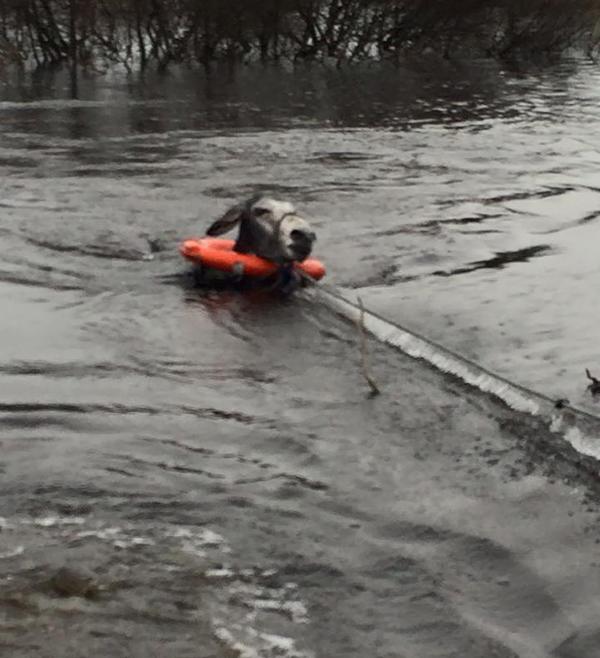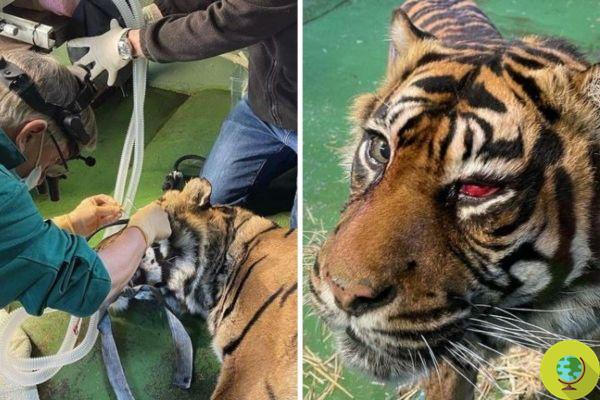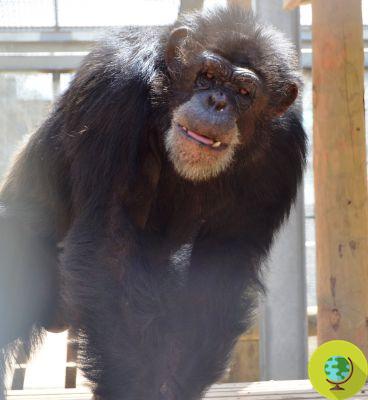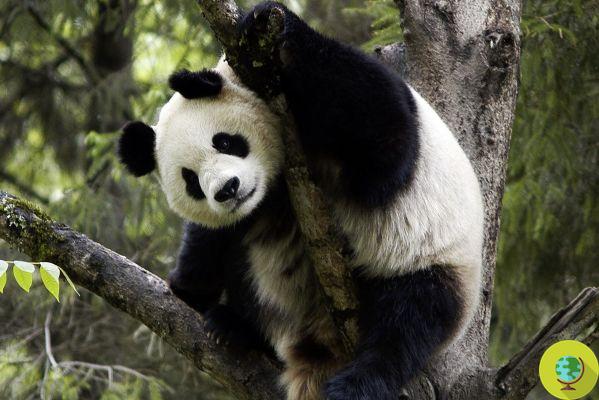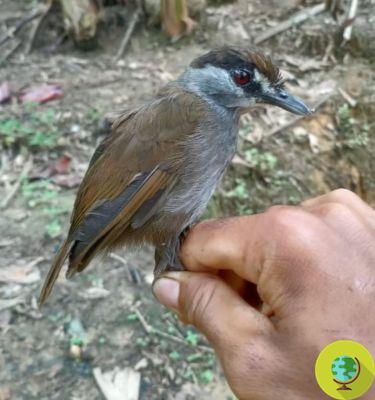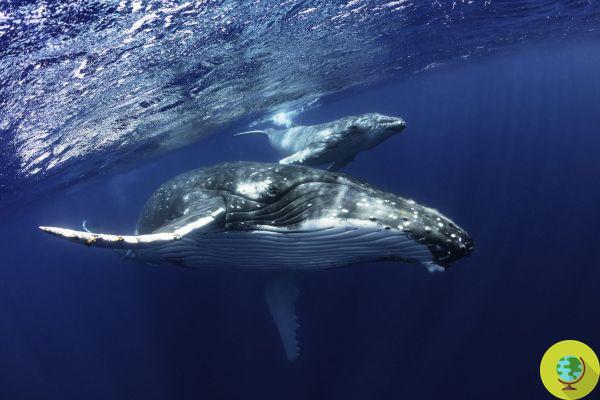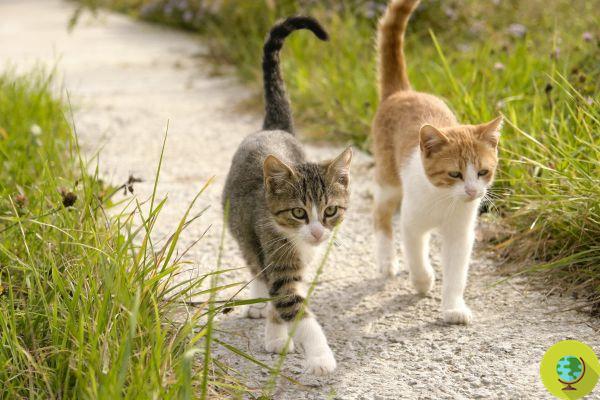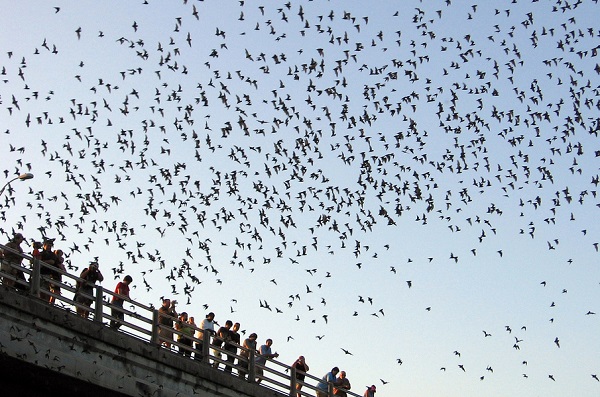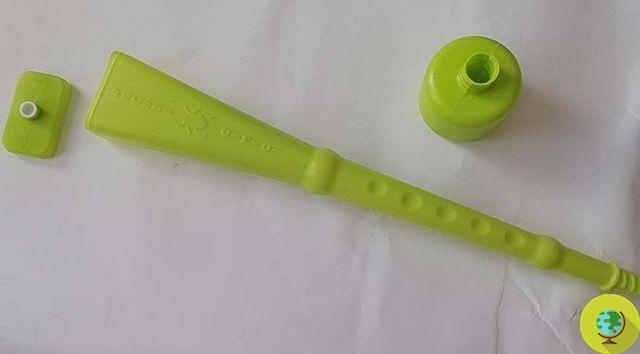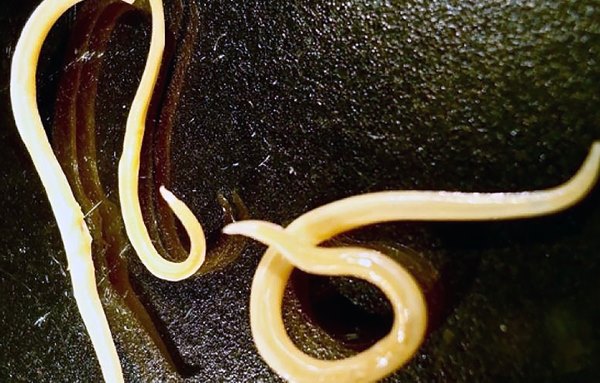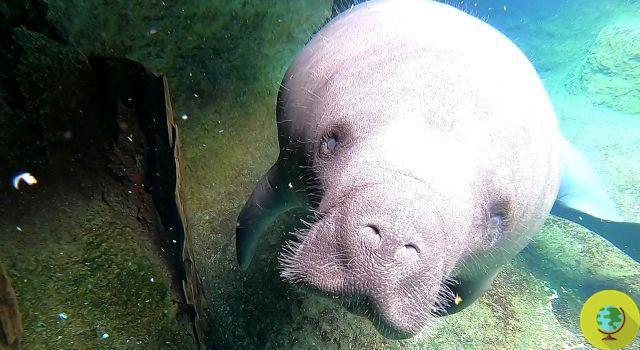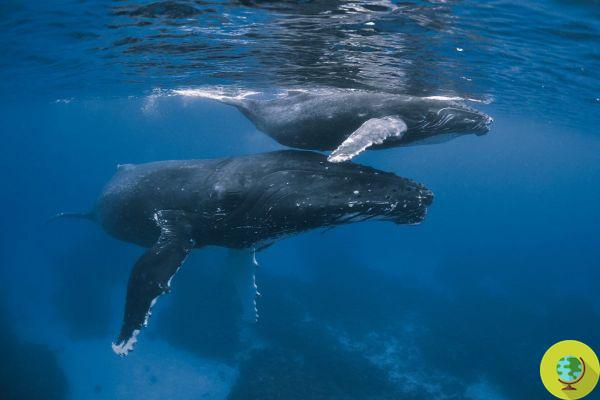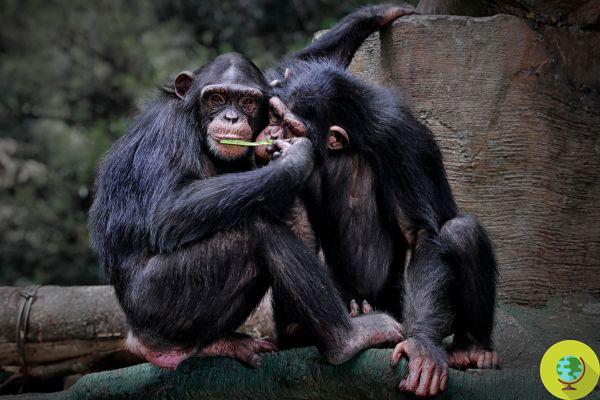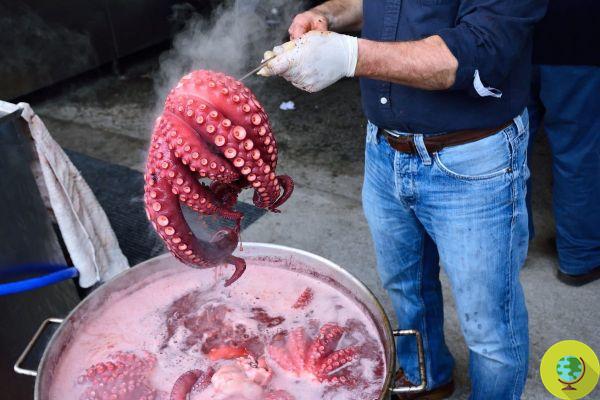On April 12, 1961, exactly 50 years ago, Russian astronaut Yuri Gagarin became the first man to travel in space, remaining in orbit between 175 and 302 km of altitude for an hour and forty-eight minutes. Few know, however, that that extraordinary appointment with history was preceded and followed by numerous attempts and experiments, both Soviet and American, which had animals as protagonists - flies, monkeys, mice, dogs ... - to test the possibility of resistance and survival of a living being in space.
He is about to end up run over, his mother saves him
Il 12 April 1961, exactly 50 years ago, the Russian astronaut Yuri Gagarin becomes the first man to travel in the space, remaining in orbit between 175 and 302 km of altitude for one hour and forty-eight minutes. Few know, however, that that extraordinary appointment with history was preceded and followed by numerous attempts and experiments, both Soviet and American, which had as protagonists of the animals - flies, monkeys, mice, dogs… - to test the possibility of resistance and survival of a living being in space.
The first animals to make a suborbital flight (about 100 km high) were gods midges of the fruit launched by the United States in 1946 exploiting German military technologies. In the years that followed, the Americans made launches with monkeys and mice: the fifteen-minute flight of Alan Shepard at an altitude of 186 km, the 5 Maggio 1961 - mission that makes it the first American astronaut to reach space -, was preceded, in January of the same year, by the flight of the Ham chimpanzee, subsequently "relocated" to zoo in Washington.
We are in full cold war and the conquest of space is not just a matter of science or technological innovation: the two rival powers, USA e USSR, make it one of the many fields in which they face and compete, accelerating research, experimentation and attempts according to the news coming from the other side of the Iron Curtain.
Already at the beginning of the XNUMXs, the Soviets were planning launch tests featuring the dogs, indeed, of bitchesgenerally preferred to male specimens for reasons of hygiene. The July 22 1951, Desiccated e Tsygan are the first dogs to make a suborbital flight, reaching 110 km in height and surviving the feat: Dezik, a real "space dog”, He will die during a second suborbital launch, the following September. In the following years, many other dogs repeated the experience of the two "pioneers", climbing higher and higher and traveling mostly in pairs: this is the case, for example, of Lisa and Ryzhik, of Smelaya and Malyshka or Otvazhnaya and Snezhinka (the latter are launched on July 2 1959 along with a rabbit named Marfusha).
Il October 4, 1957 the Soviets mark a point of paramount importance in the space race with the launch of the Sputnik 1, the first artificial satellite to enter orbit, causing a huge impression in world public opinion and anticipating American projects. After some unsuccessful attempts and following an acceleration of the works, even the United States are able to send their first satellite into orbit, theExplorer 1, January 31 1958.
Meanwhile, the November 3, 1957, the Russians also launch the second artificial satellite, lo Sputnik 2, with a higher mass than the previous one and with a non-negligible peculiarity: on board there is the first living being to travel in orbital space, Time, a dog of about 3 years and weighing 6 kg picked up in the streets of Moscow and selected for her docility. The Anglo-Saxon press will rename it Muttnik, with a play on words based on the English word "mutt" ("mutt") and the name of the Soviet satellite.
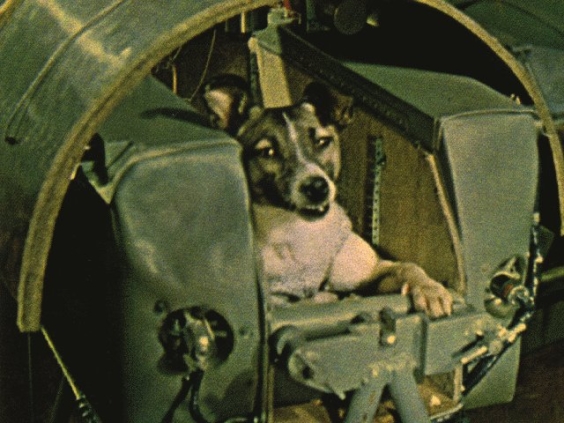
The fact that the space mission immortalized Time, making her - in spite of herself ... - enter history (complete with a dedicated stamp) too often overshadows the tragic fate of the dog, literally sacrificed to the conquest of space: the trip, in fact, did not foresee the possibility of his prolonged survival and, even less, of his return to Earth.
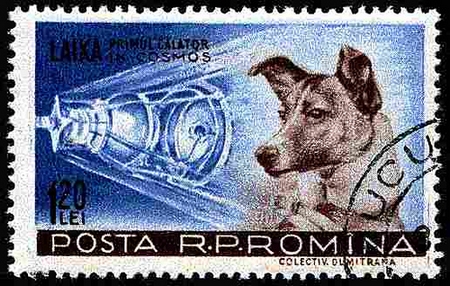
Lo Sputnik 2 will re-enter the earth's atmosphere, disintegrating, the 14 April 1958, after having remained in orbit for 162 days. What became of Laika in the meantime? On the duration of his life in space, several versions have been offered over the years: according to the most accredited one, Time would be dead 5 to 7 hours after launch, for a heart attack due to stress of experience and to the continuos sudden changes in temperature inside the capsule, 0 to 40 degrees. If she too managed to get through the first few hours in orbit, the adventure of Time it wouldn't last long anyway: the batteries in the stand that supplied the Sputnik's cockpit with oxygen ran out 6-7 days after launch.
A much happier and more glorious outcome was the mission of Belka and Strelka, two stray dogs launched into orbit on August 19th, 1960aboard the Sputnik 5 together with an rabbit, the 40 topi (many of which do not survive the flight) ea flies, plants e mushrooms.
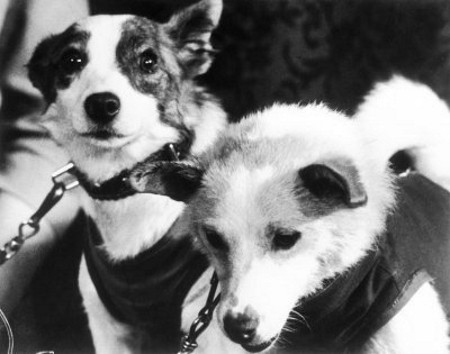
The day after launch the capsule lands in the steppe, with the dogs alive and well and ready to become true national heroines. A fame destined to last over time: their adventures are also inspired by a Russian cartoon - The Real Adventures of Belka and Strelka - and an animated film released in 2010, Space Dogs 3D. After the mission, Strelka will have six puppies with another dog "enlisted" in the Soviet space program: one of the little ones will be given as a gift by the Soviet president Nikita Kruscev to the daughter of the American president John Kennedy, Caroline.
They also deserve a special mention Veterok e Ugolyok, the last two dogs launched into orbit by the Soviets, left on February 22 1966 and returned on 16 March following, after ben 22 days of stay in space: a record that will only be broken in 1973, by the American astronauts of the Skylab 2.
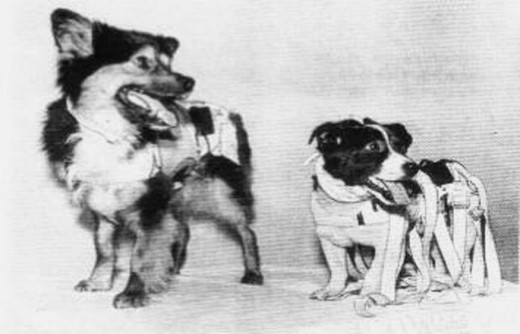
Il 14 September 1968Finally, the Soviet Union launches into the space of turtles (with flies, mealworms, bacteria e plants) aboard the sent 5: these animals will be the first living beings a fly around the Luna, ten months before the American mission of theApollo 11.
Lisa Vagnozzi




